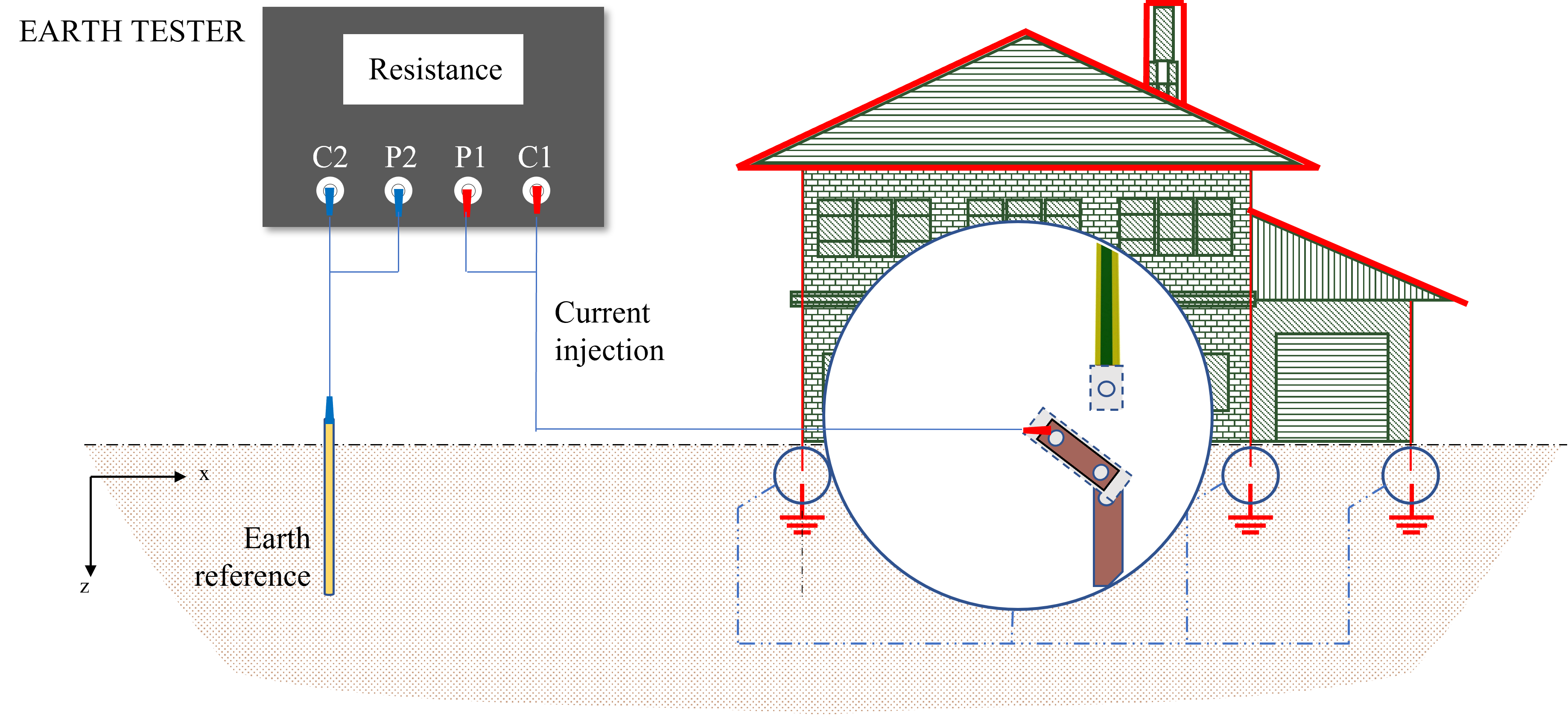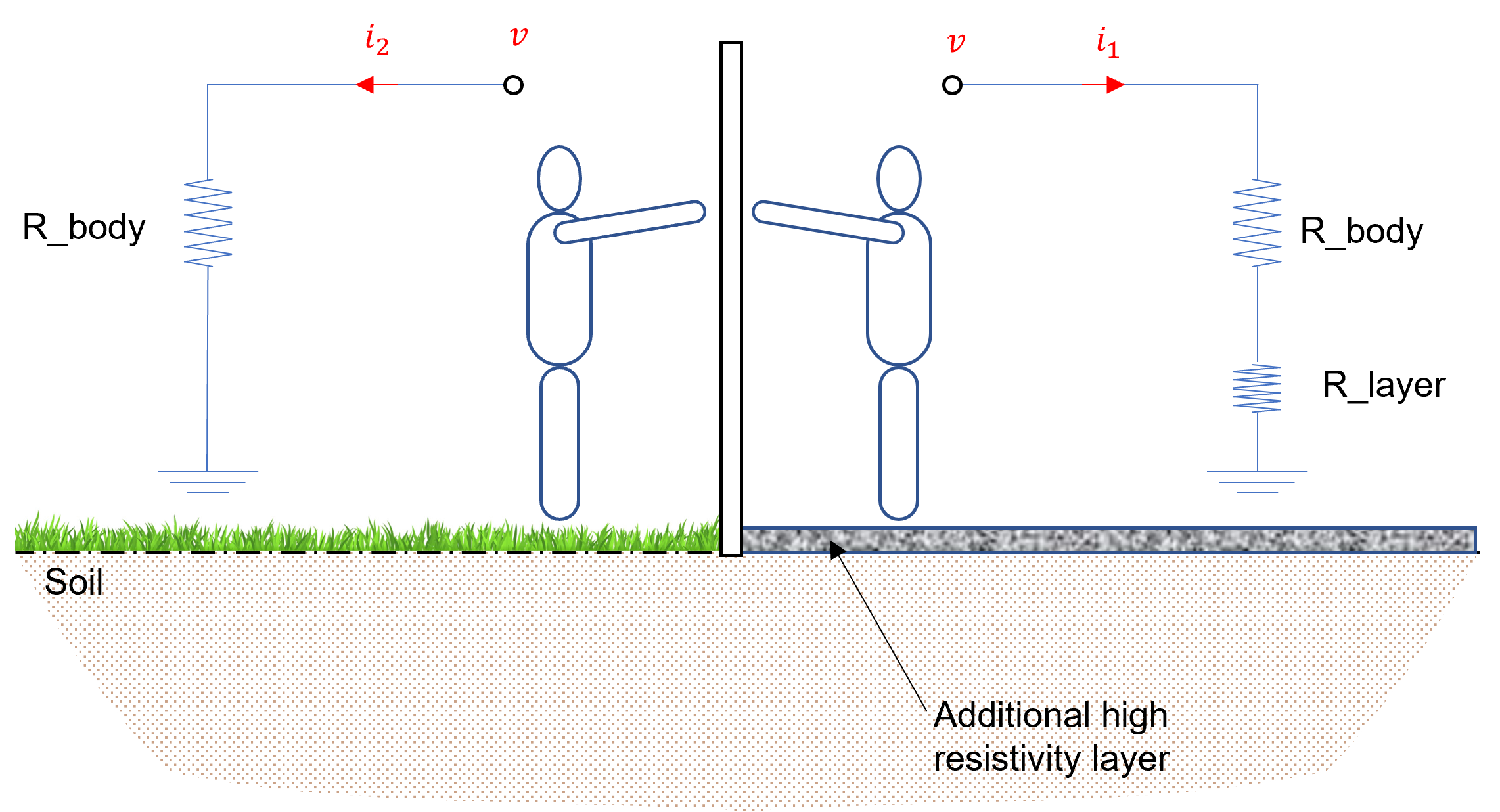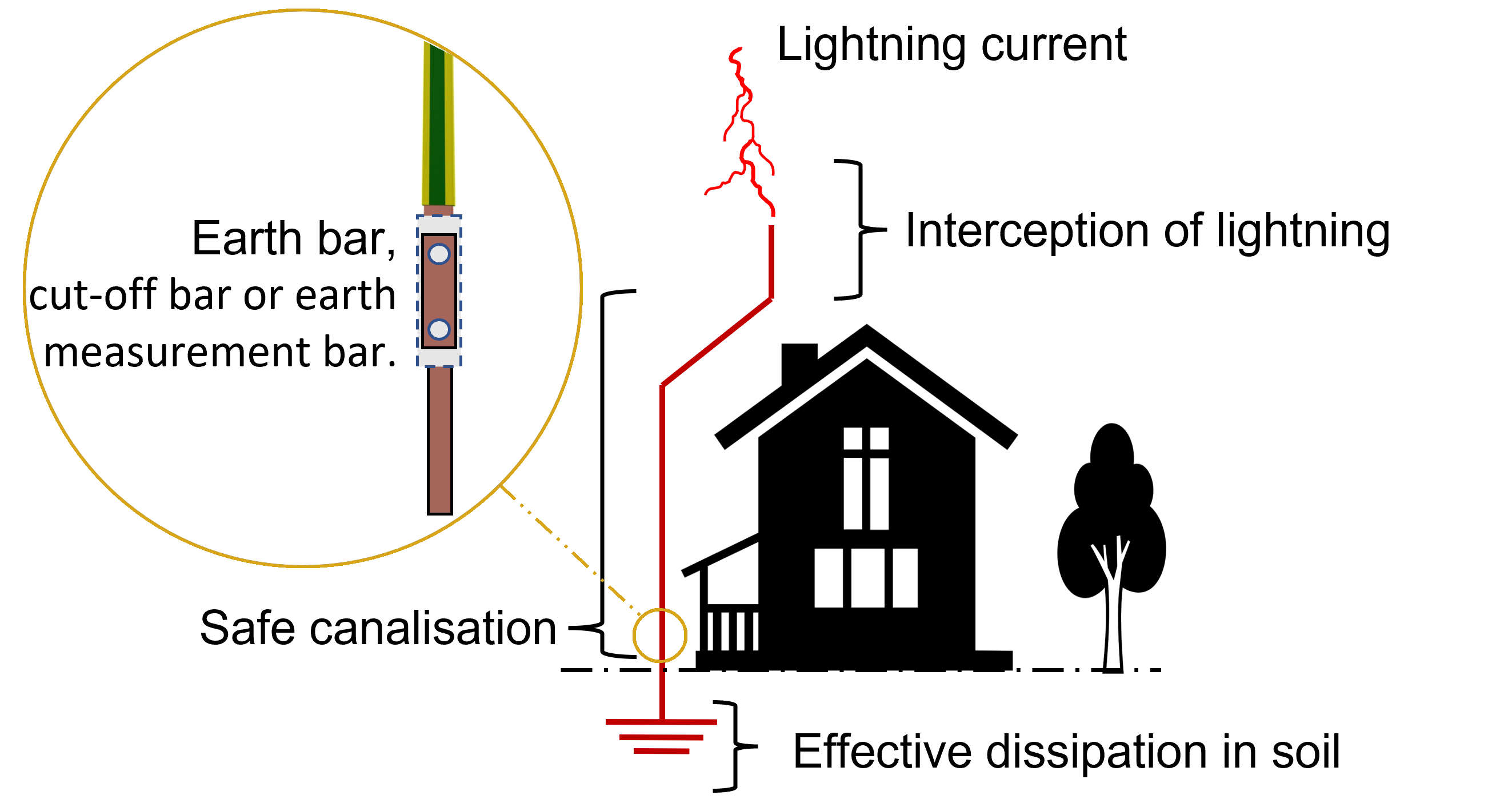Air Terminals: What Are They, And How Do They Function
You’ve probably seen a video of a city skyline during a thunderstorm. Oftentimes, in those videos, the building are struck by lightning with no damage effect. How is that possible? Why doesn’t the building catch fire, or even blow up? The answer lies in the spike-like rods sitting at the tops of these building. While appearing of no purpose to the average passerby, these rods are an integral part of a building’s lightning protection system and are usually the first point of the system to encounter a lightning strike. The rods are referred to as Air Terminals and their design and positioning is key to ensuring a structure and its contents are safe if lightning does strike.
What is an Air Terminal?
Why does lightning strike?
Lightning discharges occur because of voltage differences that develop between the base of a thunder cloud and the ground. While there is no consensus on how it happens, it is agreed that within the cloud itself, the water droplets located at the base of the cloud carry a negative charge. With most of the water droplets located towards the base of a cloud, a negative charge develops there. This build up of negative charge, induces a converse build up of positive charge on the ground. The air between the ground and the cloud provides some resistance keeping the charges separate until the difference is so great that the resistance of air breaks down and the negative and positive charges meet creating a lightning discharge.
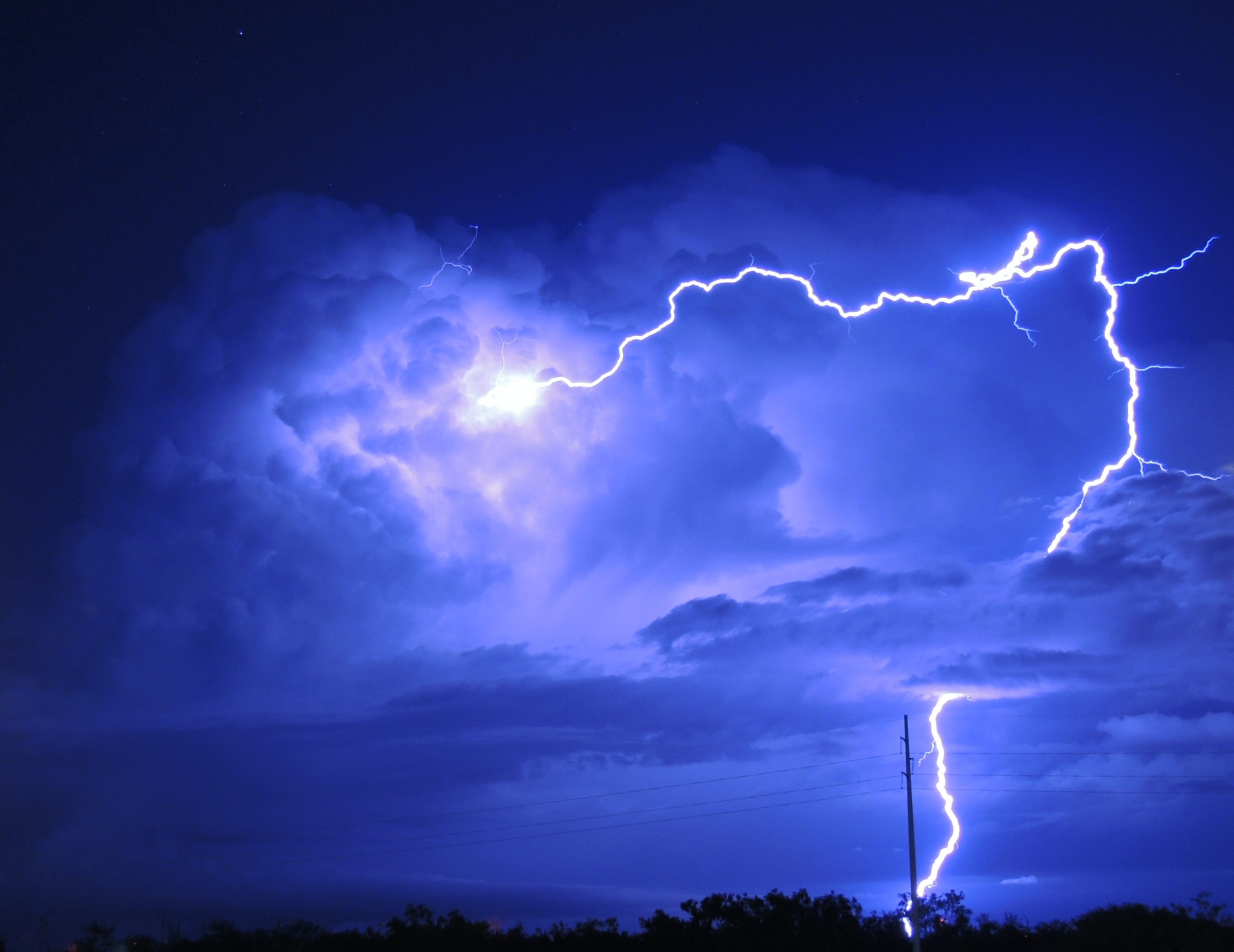
How does an Air Terminal function?
Air Terminals follow a simple principle pioneered by Benjamin Franklin which dictates that objects with enough electrostatic charge act as a conduit for other electrically charged elements.
It is from this principle that the field of lightning protection for buildings was developed and refined over the years to create systems that intercept lightning strikes and provide a low-resistance path for the electrical current to be diverted directly to the ground.
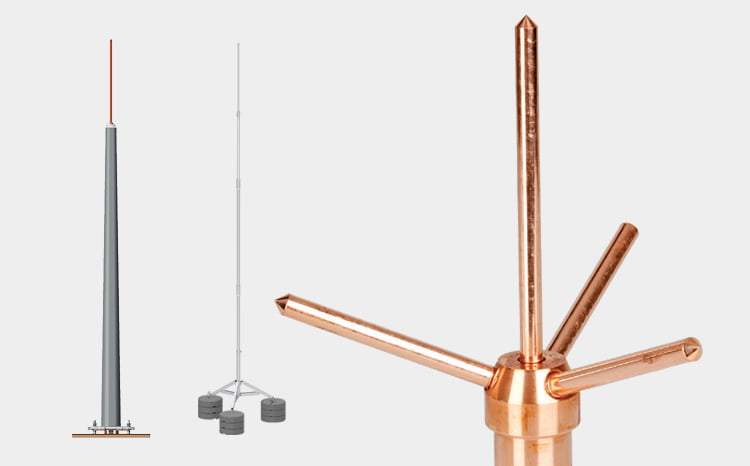
Does an air terminal prevent electrical damage?
For maximum efficacy, a proper lightning protection system comprises two main parts:
1. Internal lightning protection
The components of an internal lightning protection systems prevent electrical surges from wreaking havoc on buildings and occupants while safeguarding electrical appliances and networks connected to an electric grid.
Internal lightning protection encompasses:
- Equipotential bonding that connects metal cables and wires for earthing to an earth bar or potential equalizing bar that is then connected to a structure’s grounding systems outside the building to remove the potential difference in equipment exposed to surges emanating from lightning strikes.
- Surge Protection Devices (SPD’s) or Lightning arresters installed at the Main Distribution Panels to limit electrical currents and provide overcurrent protection.
2. External lightning protection
The prominent parts of a structure’s lightning protection system comprise of lightning protection equipment designed to intercept and safely route direct lightning strikes to ground.
External lightning protection encompasses:
- Air Terminals positioned at the top of buildings to intercept lightning strikes and safely attract electrical currents in the atmosphere away from nearby objects and structures.
- Down Conductor Networks connected to the air termination and positioned on the outer walls of a structure to distribute and carry the flow of electrical charges from the air terminal to ground.
- Copper conductor for earthing installed in the ground to discharge electrical charges from conductor cables towards a copper rod or plate embedded within the ground. As a general rule of thumb, the smaller the ground’s resistance value is, the faster lightning’s electrical charges can be grounded.
Is a lightning protection system worth it?
More often than not, lightning protection is often an afterthought for several contractors and establishments looking to cut costs. Given that lightning protection systems are passive items only noticed when they fail, it is possible to get away with an improper or low-quality system. However, should a lightning strike hit your structure the costs and potential consequences can be disastrous. Downtime, repair costs, loss of data, irreparable damage and even loss of life are consequences to be taken into consideration when deciding what type or even if you need to install a lightning protection system. A risk assessment done in line with the British Standard BS EN 62305 will take into consideration these consequences in prescribing whether a system should be installed. Additionally, the risk assessment will also assign a level of protection that should be provided given the contents and make up of the structure. (For example a water tank does will not need the sort of protection that a fuel silo, or hospital with life-sustaining equipment, would require).
Before we wrap up, we’ll leave you with this:
The saying goes that lighting doesn’t strike the same place twice, however despite this common myth, a single strike could be enough to spell disaster for an unprotected structure and its contents. Lightning protection systems are designed in accordance with safety standards that protect some of the world’s most notable structures such as the Houses of Parliament, Burj Khalifa, and the Empire State Building among others allowing their residents to rest easy in the face of storms.
Don’t leave your chances to luck, get in touch with us today at [email protected] so we can help you make sure your building is ready in the event that lightning strikes.


